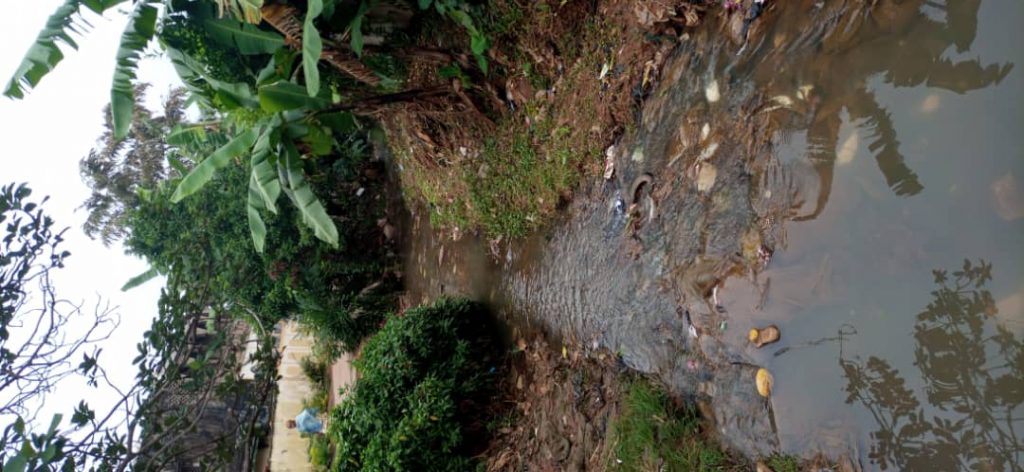This is the heart of the dry season in Cameroon, and the population of Bamenda estimated to be at 872,627 is currently battling with the effects of the dry season. This is the period of Harmattan in this area which brings dust, dry winds and extreme temperatures.
Cameroon has two seasons; the wet season which runs from May to early November and the dry season from late November to February. According to Yaoundé weather station, January is the driest and warmest month and October is the wettest month.
Temperatures during the dry season range from 26oc to 30.9oc in the dry season. Paradoxically, January is also the coldest month with temperatures as low as 17oc in the morning and at night. During the day it becomes the warmest with temperatures as high as 30.9oc.
The effects of such high temperatures on city dwellers are enormous. While farmers agree that this is a farming season for them as they till the soil and wait on the rains to come in March, business operators agree that there is a drop in business activities during this season as just a few persons visit the market. Health experts say the number of patients with cold and flu infections is on the rise.
Bamenda denizens are involved in commercial activities such as hawking, fashion designing, carpentry, bike riding and taxi driving. All these activities are carried out along the roadsides and on the roads. The roads in Bamenda are covered with gravel and dust which colour these products displayed along roadsides.
A common practice during this period in Bamenda is that road users mask up with face masks and headscarves not for fear of Covid19 but as a measure to prevent dust from feeding on the respiratory system. Women experience fading beauty as they battle with the annoying dust.
Sango Godlove is a quality manager and Biosafety officer at the Azire Integrated Health Centre in Bamenda. He says “The poor nature of the roads in the town and the change of climate has ushered in a very dry and harsh cold. That explains why we got more patients with lung and bronchial infections. We have been treating a lot of patients suffering from catarrh, cough, sinuses and other airborne diseases”.

Inhabitants face the dusty nature of the roads on a daily basis. Some neighbourhoods grapple with water shortages. Farmers generally spend more to purchase and transport water to farms, and traders dealing in perishables sometimes incur huge losses given the extreme heat.
In spite of these setbacks, citizens have devised ways of protecting themselves from the effects of the dusty environment. Madam Mugeri is a peasant farmer in Momo Division in the North
West region of Cameroon. She has resulted in wearing a waived cap, shoes and long clothes when going to the farm in order to cover her face and body from the heating sun. Madam Delphine says she puts on dust-friendly dresses such as brown clothes, facial masks, and long but light dresses to shade herself from dust.
While establishing standard approaches to manage the risks associated with this season, Tunga Hilda, a medical practitioner at the Mbengwi District Hospital advises the population to put on sun shades and wear warm clothing, especially in the morning and evening periods. Use lip balms such as Vaseline. Individuals should equally wear facial masks to protect their nostrils from dust. Wash their hands regularly and put on face caps.


